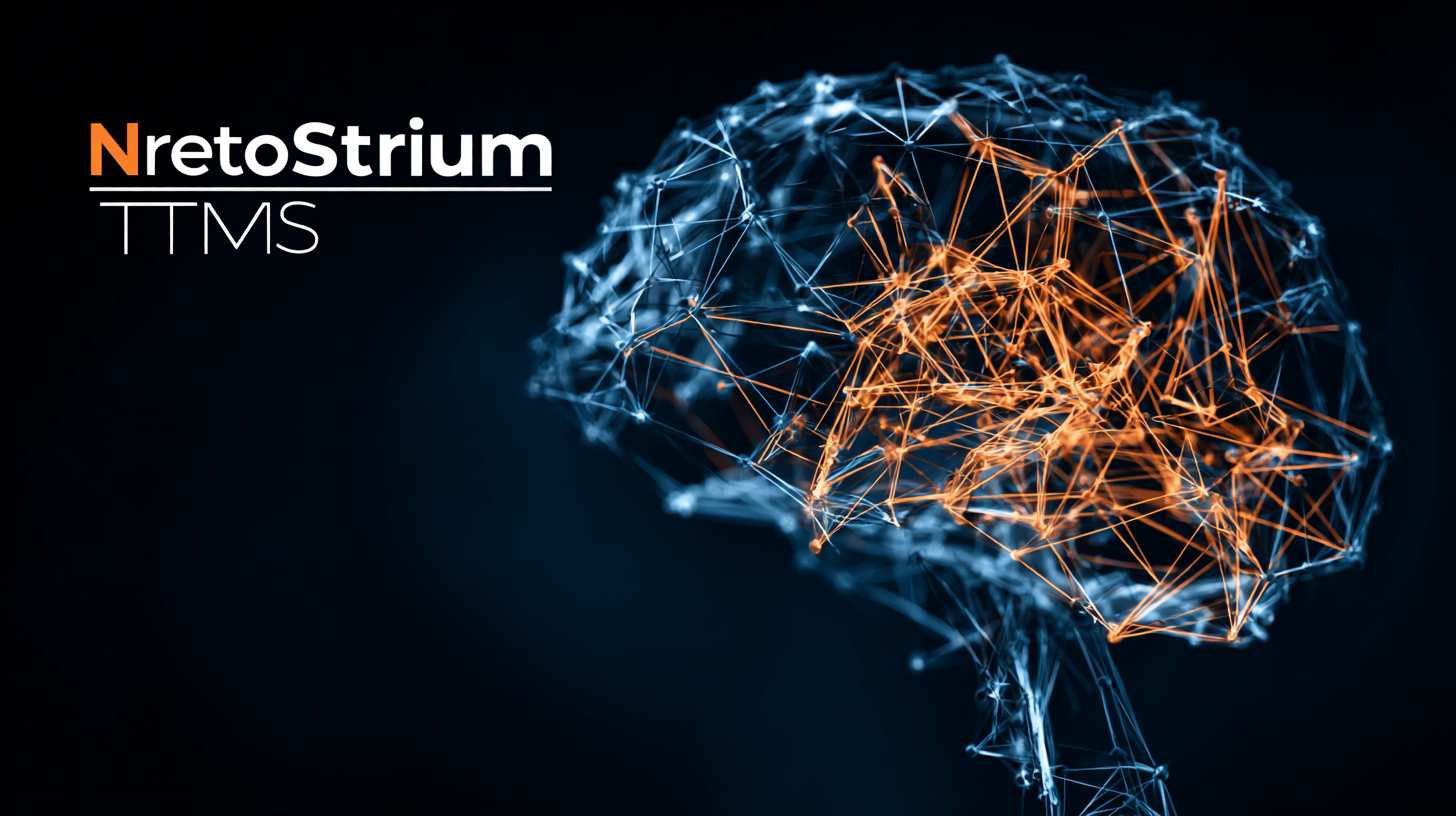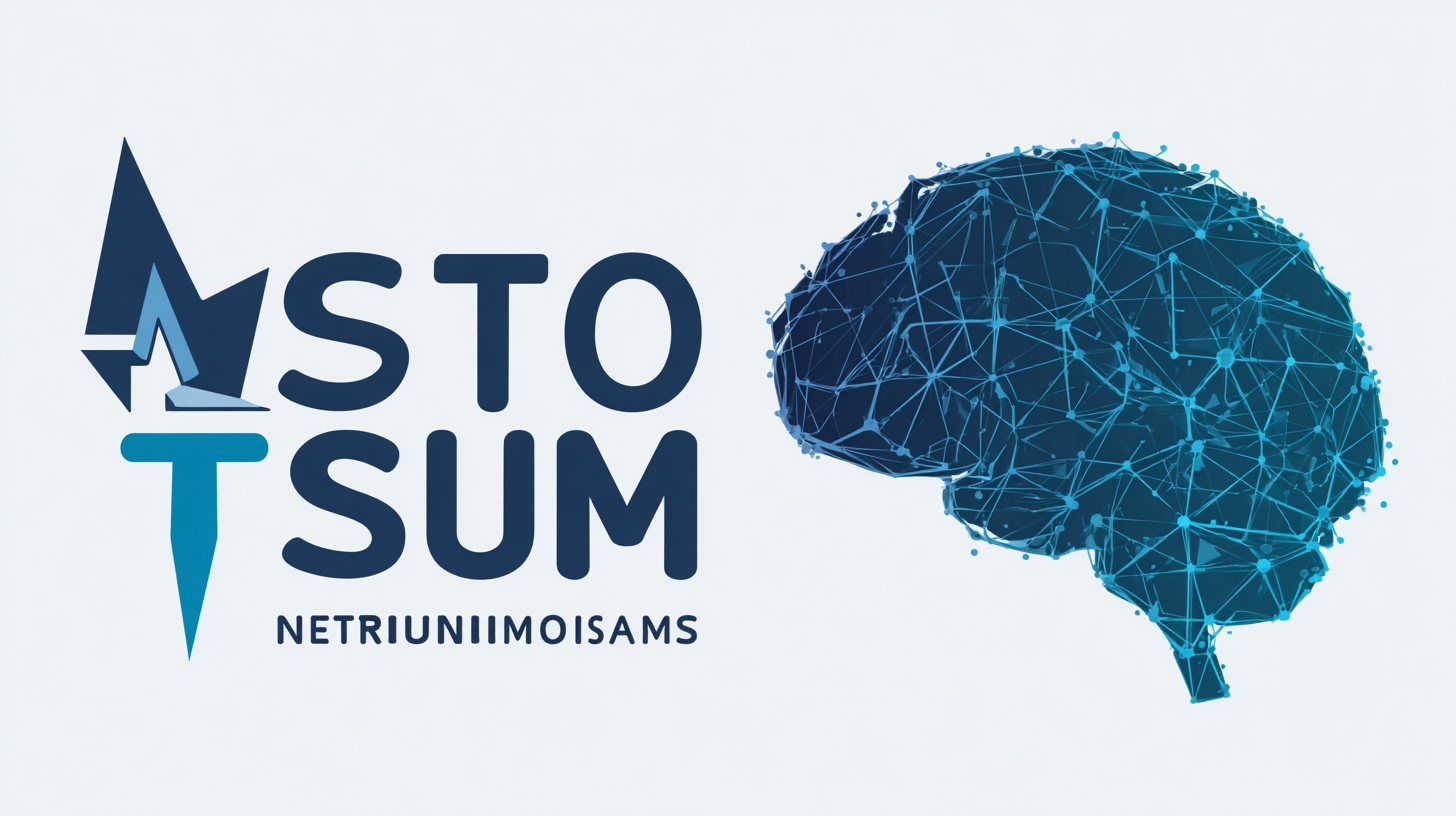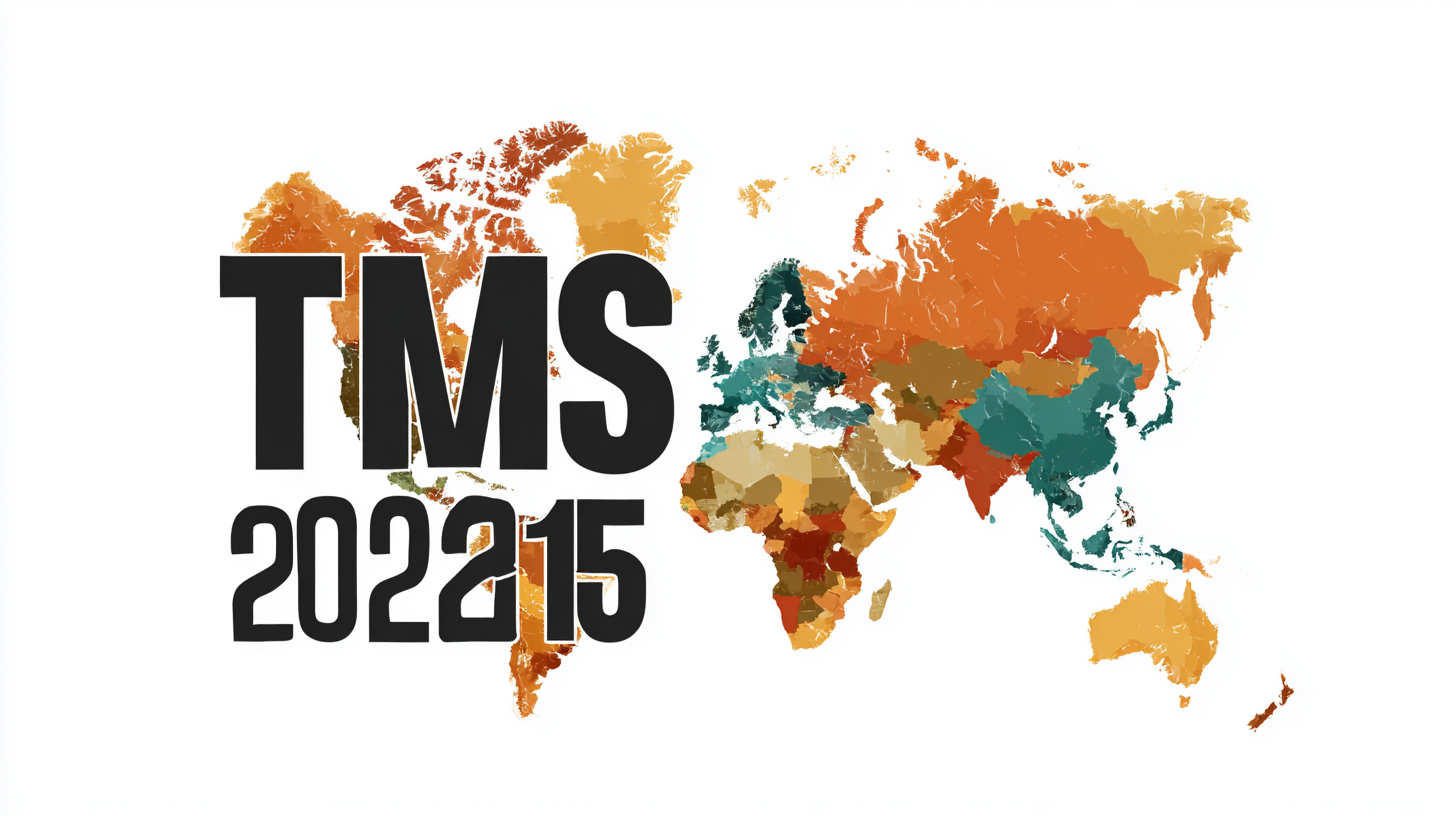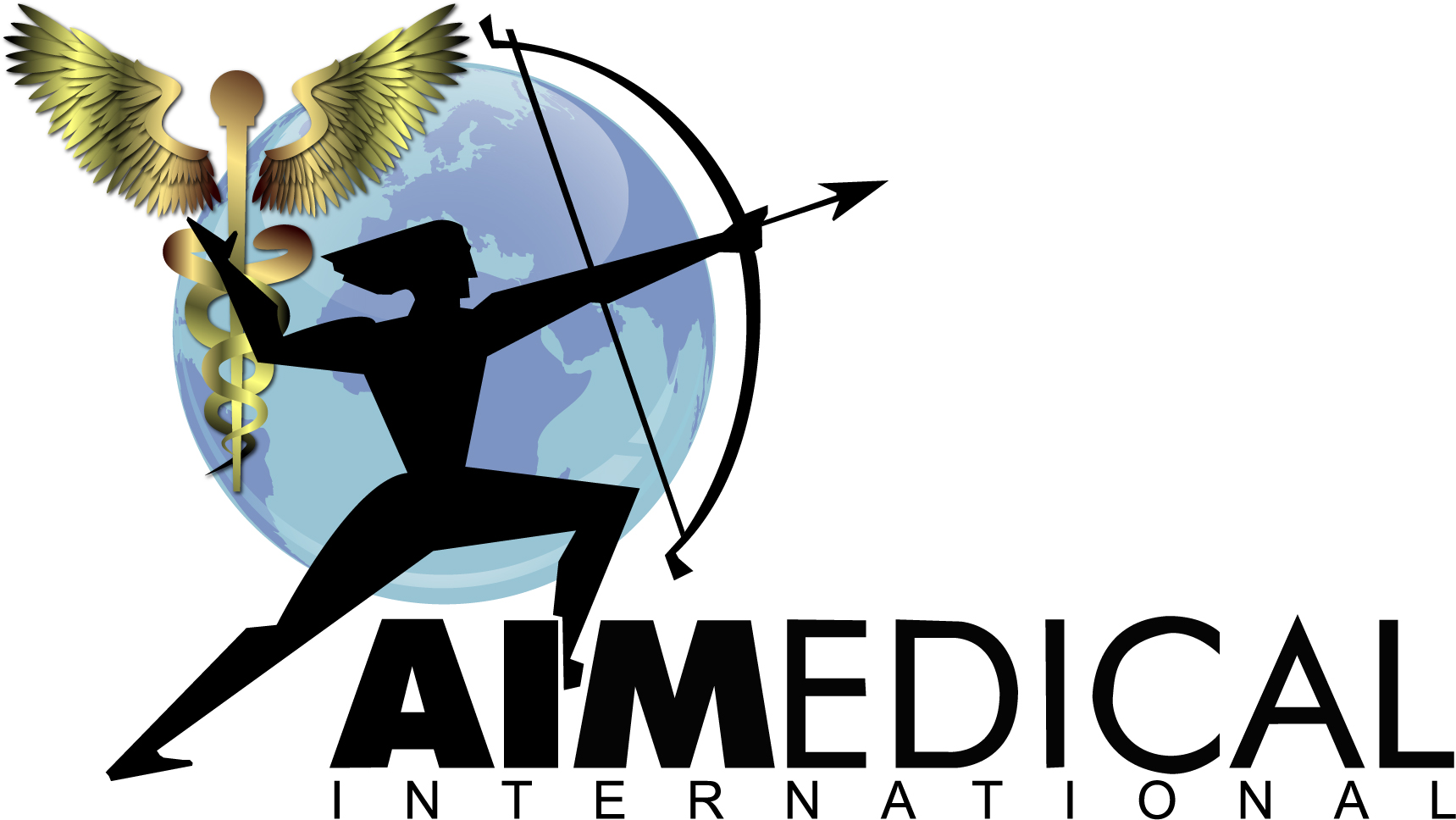Global Market Trends for Best Neurostim Tms by 2025 with Real World Examples
In recent years, the global market for Neurostim TMS (Transcranial Magnetic Stimulation) has gained significant traction as an innovative approach to treating various neurological and psychiatric conditions. As we approach 2025, understanding the prevailing trends within this market is crucial for stakeholders ranging from healthcare providers to patients seeking effective treatment options. Despite its potential, the Neurostim TMS landscape is not without challenges. Issues such as accessibility, regulatory hurdles, and varying efficacy across individual patients pose significant problems that need to be addressed.

In this blog, we will explore the current trends affecting Neurostim TMS, supported by real-world examples, while also highlighting the inherent problems plaguing its adoption and implementation. By doing so, we aim to provide a comprehensive overview of the future of Neurostim TMS and its role in transforming mental health care.
Exploring the Rise of Alternative Neurostimulation Therapies in the Global Market
The global neurostimulation market is experiencing a seismic shift, marked by the rise of alternative therapies such as transcranial magnetic stimulation (TMS). According to a recent report by ResearchAndMarkets, the neurostimulation market is projected to reach approximately $10 billion by 2025, driven by innovations in non-invasive techniques. TMS, in particular, has gained traction in treating mental health disorders, with the American Psychiatric Association noting its significant efficacy in managing depression, especially when conventional therapies fail.
As the demand for non-invasive treatment options grows, several companies are leading the charge in TMS development. For instance, a survey from MarketsandMarkets revealed that the market share for TMS devices has increased by over 25% in the last three years, fueled by successful clinical outcomes and positive patient feedback. Real-world applications, such as the integration of TMS in outpatient psychiatric settings, demonstrate its potential to enhance patient care while reducing the reliance on pharmacological solutions. These trends highlight a broader acceptance and integration of alternative neurostimulation therapies in mainstream healthcare, setting a transformative precedent for the future of mental health treatment.
Key Market Players Innovating in TMS Alternative Treatments
Transcranial Magnetic Stimulation (TMS) is gaining significant traction as a viable alternative treatment for various neurological disorders, with notable innovations from key market players. According to a recent Market Research Future report, the global TMS market is projected to exceed USD 1.5 billion by 2025, growing at a CAGR of over 13%. This growth is largely driven by the increasing prevalence of depression and anxiety disorders, alongside the rising acceptance of non-invasive therapeutic modalities. Companies such as Brainsway, MagVenture, and Neuronetics are at the forefront, introducing advanced TMS devices that enhance patient comfort and efficacy.
As these key players innovate, they are integrating technology into TMS treatments, paving the way for personalized therapeutic approaches. For instance, Neuronetics has developed the NeuroStar system, which allows for tailored treatment protocols based on patient-specific needs. Furthermore, Brainsway's Deep TMS technology optimizes electromagnetic field delivery, significantly improving treatment outcomes for patients with treatment-resistant depression. According to a study published in the Journal of ECT, patients receiving TMS showed a 60% reduction in depressive symptoms compared to traditional therapies, highlighting the effectiveness of these innovations. As the market evolves, the focus on improving the patient experience and outcomes will continue to drive advancements in TMS technology.
Global Market Trends for Best Neurostim Tms by 2025
| Year | Market Size (USD Billion) | Growth Rate (%) | Key Innovations | Target Conditions |
|---|---|---|---|---|
| 2021 | 1.5 | 10.5 | Portable Devices, AI Integration | Depression, Anxiety |
| 2022 | 1.8 | 12.0 | Wearable Neurostimulation | Chronic Pain, Sleep Disorders |
| 2023 | 2.2 | 15.0 | Home-Based Solutions | PTSD, Migraines |
| 2024 | 2.7 | 18.0 | Neurofeedback Technology | ADHD, Fibromyalgia |
| 2025 | 3.5 | 20.0 | Telehealth Integration | Addiction, Bipolar Disorder |
Real-World Case Studies: Success Stories of Alternative Neurostimulation
In recent years, neurostimulation therapies have gained traction, illustrating their potential through compelling real-world case studies. One notable example is the application of Transcranial Magnetic Stimulation (TMS) in treating depression. A clinic in California reported a significant improvement in treatment-resistant patients, with up to 70% experiencing a notable reduction in symptoms after a series of sessions. This success is attributed not only to the innovative technology but also to the personalized treatment plans that take into account each patient's unique neurological response.
Another inspiring case comes from a rehabilitation center in New York that incorporates neurostimulation for stroke recovery. By integrating TMS with traditional therapies, patients have demonstrated remarkable progress in motor function. One individual's journey from limited mobility to regaining independence showcases how neurostimulation accelerates recovery and enhances quality of life. These success stories emphasize the transformative impact of alternative neurostimulation methods, underscoring a promising future in the mental health and rehabilitation landscapes by 2025.
Global Market Trends for Neurostim TMS by 2025
This bar chart illustrates the projected growth rate of the Neurostim TMS market from 2019 to 2025. The upward trend indicates increasing acceptance and usage of neurostimulation technologies in various therapeutic areas, highlighting their potential impact on global healthcare practices.
Projected Trends: How Alternatives to TMS Will Shape Future Neurotherapy
The neurotherapy landscape is poised for significant transformation by 2025, as alternatives to Transcranial Magnetic Stimulation (TMS) emerge. Innovations in neuromodulation techniques, including non-invasive electrical stimulation and virtual reality therapy, are expected to gain traction. A recent report highlights that the global neurotherapy market is projected to reach $8 billion by 2025, driven by the rising prevalence of mental health disorders and increasing awareness of alternative treatment modalities.
Tip: Keep an eye on advancements in neural interfaces, as they may offer tailored solutions for individuals resistant to traditional therapies. Incorporating cutting-edge technology into treatment plans can enhance patient engagement and outcomes.
Moreover, integrating artificial intelligence into neurotherapy could revolutionize treatment personalization. AI systems can analyze vast amounts of patient data to identify optimal stimulation parameters, thus improving therapeutic efficacy. As we move forward, the focus will also shift toward holistic approaches that encompass physical, emotional, and cognitive health.
Tip: Foster collaborations between technologists and mental health professionals to develop innovative therapeutic applications. Cross-disciplinary partnerships can lead to breakthroughs that redefine neurotherapy as we know it.

Challenges and Opportunities in the Development of Alternative Neurostimulation Methods
The neurostimulation market is poised for significant growth, particularly in transcranial magnetic stimulation (TMS) products, with forecasts indicating a rise to $156.43 million by 2025 and reaching a staggering $388.14 million by 2033. This upward trend underscores not only the increasing acceptance of neurostimulation therapies but also the evolving challenges and opportunities that are inherent in advancing alternative methods of treatment.

One of the primary challenges faced by developers in this field is ensuring patient safety while optimizing device efficacy. As new technologies emerge, researchers must navigate regulatory hurdles and achieve consistent clinical outcomes. Moreover, public awareness and understanding of neurostimulation techniques play a crucial role in market penetration. Misconceptions may hinder patient uptake, creating an opportunity for educational initiatives aimed at demystifying these treatments.
On the other hand, the growing prevalence of mental health disorders presents a significant opportunity for the neurostim industry. As more individuals seek non-invasive alternatives to traditional therapies, providers and developers are encouraged to innovate and refine their offerings. Collaboration between technology experts and healthcare providers can lead to the development of more effective neurostimulation solutions, positioning the industry well for future advancements and growth.
